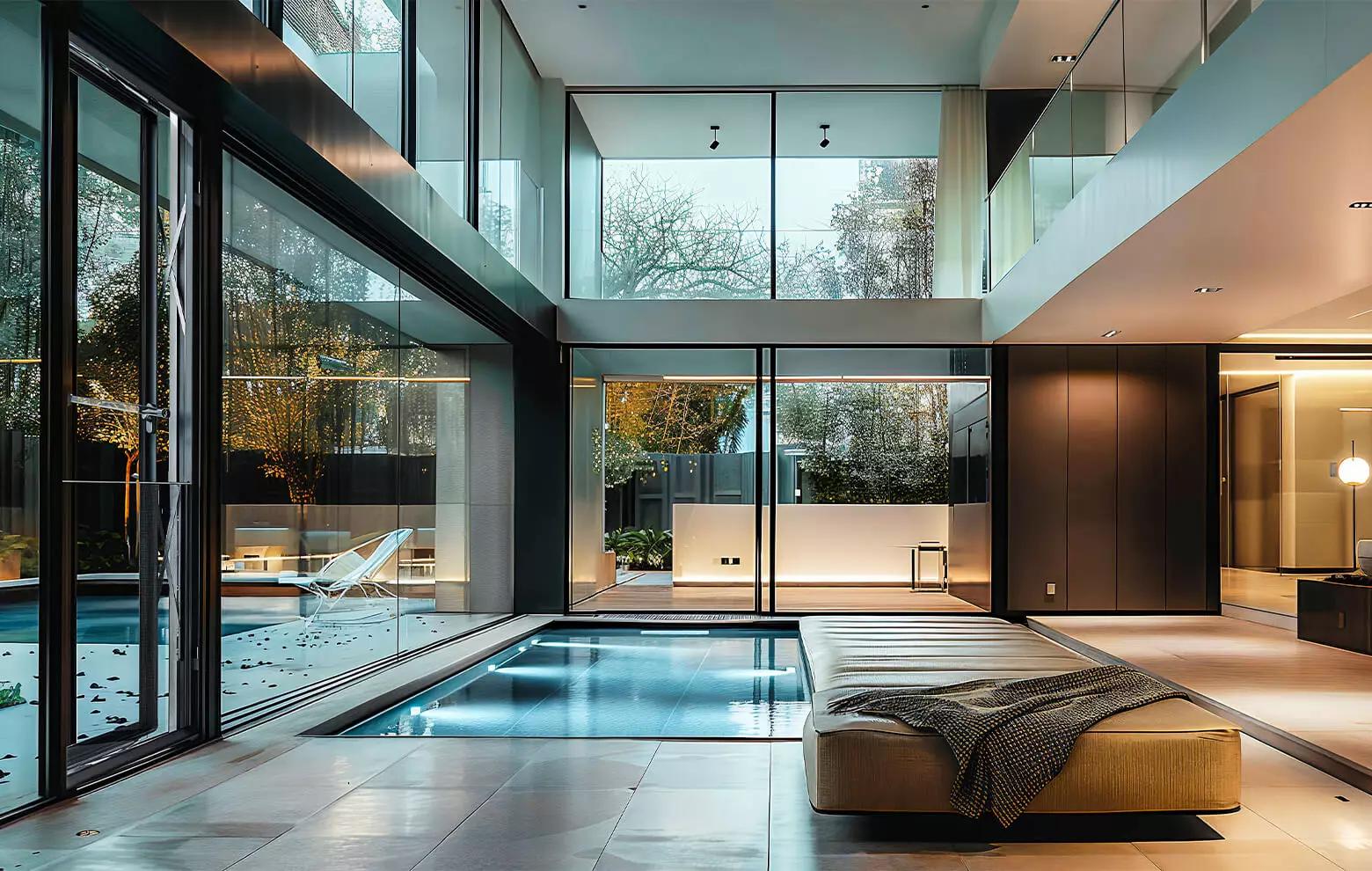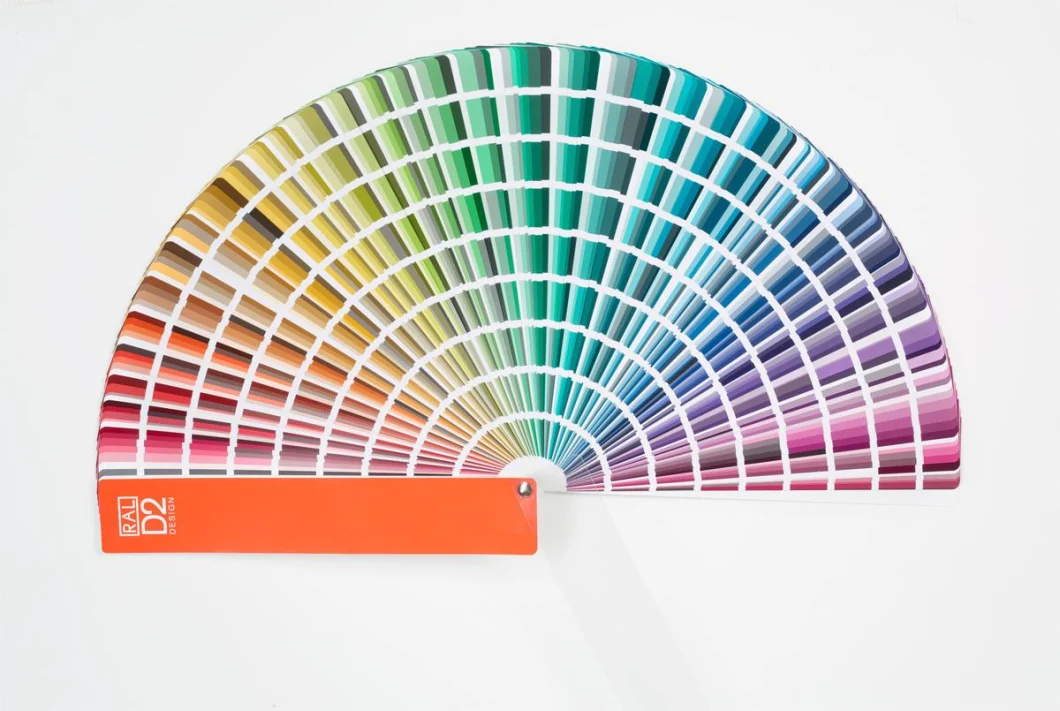When it comes to aluminum surface finishing, there are a variety of methods available. They offer unique benefits and characteristics, whether attractive in appearance or durable enough to withstand external elements.
This article will focus on anodizing and powder coating, two of the most popular and widely used techniques. By giving a comprehensive guide to anodized vs. powder-coated aluminum, HOMI will help you understand these two finishing methods better and choose the right aluminum part for your project!
Table of Contents
ToggleAnodized vs. Powder-Coated Aluminum: Understanding Anodized Aluminum
1. Anodized Aluminum Meaning and Process
Due to its high reactivity with oxygen, aluminum can develop a thin oxide layer on its surface when exposed to air. This hard layer can be enhanced through an electrochemical process, producing a more robust form of aluminum, i.e., anodized aluminum.
The anodizing process involves the following two key steps:
- Immersing the aluminum piece, like an extruded part, in an electrolyte bath.
- Applying high-amp yet low-voltageelectrical current to the solution.
This process promotes the oxidation reaction, which can thicken the oxide layer on the aluminum surface in a controllable manner.
2. Advantages of Anodized Aluminum
Anodized aluminum offers several key advantages that make it a popular choice for various applications.
Firstly, the anodized layer is highly durable and resistant to wear and tear. This makes it ideal for products that are exposed to harsh environments or frequent handling.
Additionally, anodized aluminum is highly corrosion-resistant, safeguarding the underlying metal against rust and other types of degradation.
Another significant advantage is its aesthetic appeal. The anodizing process creates a porous surface, which is ideal for dye application. Plus, the dye is both durable and consistent because it becomes an integral part of the anodized layer.
Lastly, anodized aluminum is environmentally friendly, as the process does not involve the use of harmful chemicals or emissions.
3. Common Applications of Anodized Finishes
You can find anodized aluminum across various industries.
- Automotive: Engine components, wheels, trim pieces, etc.
- Construction: Window frames, door handles, architectural elements, etc.
- Electronics: Electronics such as laptops,smartphones, and tablets utilize this finish for its sleek appearance and protective properties.
Anodized vs. Powder-Coated Aluminum: Exploring Powder-Coated Aluminum
1. Powder-Coated Aluminum Meaning and Process
Powder-coated aluminum is another popular surface finishing method that involves applying a dry powder coating to the aluminum surface. It includes:
- Preparing a clean aluminum part through physical treatments such as scraping and grinding and possible chemical treatments to create a slightly rough surface.
- Using the electrostatic spray gun to spray the powder, typically a mixture of resin and pigments, onto the aluminum part.
- Heating the coated aluminum in an oven to make the powder melt and cure properly.
With proper operations, this process creates a durable layer that improves the appearance and extends the lifespan of the aluminum part.
2. Advantages of Powder-Coated Aluminum
Powder-coated aluminum offers several benefits that make it a preferred choice for many applications.
One of the significant advantages is its exceptional durability. The thick powder coating provides excellent resistance to scratches, chips, and abrasions.
Additionally, powder-coated aluminum is highly corrosion-resistant. The additional layer effectively prevents moisture and other corrosive elements from reaching the underlying metal.
Another significant advantage is its wide range of color and finish options. Powder coating can achieve vibrant colors, textures, and special effects, allowing for highly customized and visually appealing designs.
Moreover, the powder coating process has sustainability advantages. It releases no volatile organic compounds and reduces waste through the reuse of overspray powder.
3. Common Applications of Powder-Coated Finishes
Powder-coated aluminum can also be found in various industries due to its versatility.
- Automotive: Bumpers, grills, and other exterior components.
- Construction: Railings, fencing, outdoor furniture, and others.
- Consumer Goods: Products such as appliances, tools, and equipment utilize this finish for its robust protection and attractive appearance.
Anodizing vs. Powder-Coating Aluminum: Key Comparison
After the above analysis, it is clear that the applications of anodized and powder-coated aluminum can overlap to some extent, as they share some similar advantages.
Given your specific needs, which aluminum finish type should you choose? Here is a more detailed comparison to help you decide:
Durability Comparison
Both aluminum finish types enhance durability by adding layers.
Comparatively, anodized aluminum exhibits better resistance to damaging elements than powder-coated aluminum. However, there is no need to worry about the performance of powder-coated aluminum, as it remains effective as long as the surface is uniform and undamaged.
Regarding color retention, powder-coated aluminum demonstrates excellent UV resistance. However, anodized aluminum can also offer good resistance to fading if the dye used has an appropriate UV resistance rating.
Aesthetic Appeal Comparison
In terms of aesthetic appeal, both anodized and powder-coated aluminum can produce visually stunning results. Powder-coated aluminum, by comparison, can achieve vibrant colors, textures, and special effects that are not possible with anodizing. This makes powder-coated aluminum more suitable for applications where a bold, eye-catching appearance is desired.
Cost Comparison
Budget is also a worthwhile factor to consider. The cost of anodizing and powder coating can vary depending on various factors like the size of the product, the complexity of the design, the thickness of the coating, and beyond.
Generally, anodizing is considered to be a pricier option because of its complex process and specialized equipment. On the other hand, powder coating can save more as it requires simpler equipment, like a spray gun and a curing oven.
Application Comparison
Typically, anodized aluminum is ideal for applications where protection outweighs visual appeal, such as automotive components and architectural elements. On the other hand, powder-coated aluminum is more suitable for products requiring vibrant colors and special effects as well as good durability. For example, it is widely used in automotive exteriors and outdoor furniture.
HOMI Specializes in Aluminum Processing for Construction Solutions
At HOMI, we specialize in providing high-quality aluminum products with a wide range of surface finishing options, including anodizing and powder coating. We excel in the production of aluminum windows and doors, curtain walls, office partitions, and profiles.
Our team of experts has years of experience in the industry and is dedicated to delivering exceptional products and services to our clients. We understand the importance of choosing the right finishing method for your specific needs, and we are here to offer you helpful guidance through the process.
Conclusion
From the comparison of anodized vs. powder-coated aluminum, we can see that both have their own unique advantages and applications. You can determine your final choice by considering durability, aesthetic appeal, cost, and other specific requirements.
HOMI is a professional manufacturer of architectural aluminum parts. We work on providing top-tier solutions and services to our clients. If you encounter any challenges in your projects, please feel no hesitation to contact HOMI for tailored advice and support!




